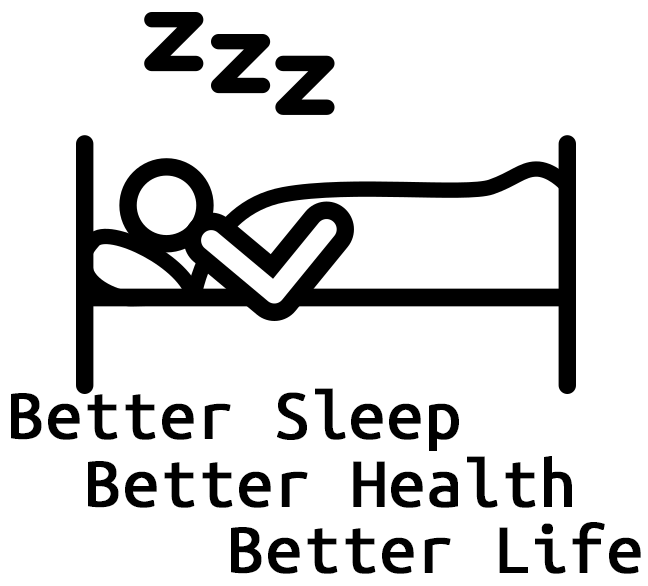Headache and Migraine Pain
 How do you feel when you wake? Do you have a headache or migraine when you wake or shortly after waking? How bad is your headache or migraine? Do you have days when you wake without a headache or migraine? Would you be surprised to find that there are people who wake feeling Fabulous with no pain every day?
How do you feel when you wake? Do you have a headache or migraine when you wake or shortly after waking? How bad is your headache or migraine? Do you have days when you wake without a headache or migraine? Would you be surprised to find that there are people who wake feeling Fabulous with no pain every day?

How do you feel when you wake? Do you have a headache or migraine when you wake or shortly after waking? How bad is your headache or migraine? Do you have days when you wake without a headache or migraine? Would you be surprised to find that there are people who wake feeling Fabulous with no pain every day?
Why Do We Have Headaches and Migraines?
Below is an explanation of how and why we have headaches / migraines. If you wish to know more about the cause of your pain, read on. If you simply want to know what to do about it, click here.
While there are twelve cranial nerves, the 5th (Trigeminal) is said to have as much as 95% of the neural activity of all the 12 nerves. The Trigeminal is the nerve involved with dentistry, as well as the nerve involved with headaches and migraines.
The Trigeminal Nerve is so named due to its 3 divisions:
- First – Sends sensory information to the brain from around eyes, forehead, scalp, and the surface arteries of the brain.
- Second – Upper teeth, jaw, and sinuses.
- Third – Below the cheek bone: lips, gums, teeth, and temporomandibular joints.
The Third Division also tells the muscles involved in chewing (clenching) when, and how hard, to contract.
There are 2 kinds of chewing/clenching activities known as Function and Parafunction. Function is an activity that serves a purpose. Parafunction is the same activity for no good purpose.
When food is between the back teeth, the muscles contract with just enough intensity to thoroughly chew the food. The harder the food, the more intense the contraction – That is Function. In Parafunction, the back teeth contact, and are sensed as something very hard between the back teeth. A maximum clench occurs for no good purpose.
In migraines, the Trigeminal Sensory Nucleus becomes hyper-sensitized, responding to certain stimuli or Triggers. These Triggers, which can be as simple as too much glare without your best sunglasses, cause the release of neuropeptides (through the First Division) that inflame the surface arteries of the brain resulting in Migraines. In the Second Division (maxillary sinuses), the result is “Sinus Headache” – Burning, Throbbing, Dripping.
A recently published study shows parafunction to be a possible contributor to migraines. Another study shows that the Headache sufferer can clinch with 2X the intensity of the control group, voluntarily, when awake. A 3rd study shows that the Headache patient, when asleep, clenches 14X the intensity of the control group.
The continual bombardment of the Sensory Nucleus all night can result in headaches or migraines for these patients.

While there are twelve cranial nerves, the 5th (Trigeminal) is said to have as much as 95% of the neural activity of all the 12 nerves. The Trigeminal is the nerve involved with dentistry, as well as the nerve involved with headaches and migraines.
The Trigeminal Nerve is so named due to its 3 divisions:
- First – Sends sensory information to the brain from around eyes, forehead, scalp, and the surface arteries of the brain.
- Second – Upper teeth, jaw, and sinuses.
- Third – Below the cheek bone: lips, gums, teeth, and temporomandibular joints.
The Third Division also tells the muscles involved in chewing (clenching) when, and how hard, to contract.
There are 2 kinds of chewing/clenching activities known as Function and Parafunction. Function is an activity that serves a purpose. Parafunction is the same activity for no good purpose.
When food is between the back teeth, the muscles contract with just enough intensity to thoroughly chew the food. The harder the food, the more intense the contraction – That is Function. In Parafunction, the back teeth contact, and are sensed as something very hard between the back teeth. A maximum clench occurs for no good purpose.
In migraines, the Trigeminal Sensory Nucleus becomes hyper-sensitized, responding to certain stimuli or Triggers. These Triggers, which can be as simple as too much glare without your best sunglasses, cause the release of neuropeptides (through the First Division) that inflame the surface arteries of the brain resulting in Migraines. In the Second Division (maxillary sinuses), the result is “Sinus Headache” – Burning, Throbbing, Dripping.
A recently published study shows parafunction to be a possible contributor to migraines. Another study shows that the Headache sufferer can clinch with 2X the intensity of the control group, voluntarily, when awake. A 3rd study shows that the Headache patient, when asleep, clenches 14X the intensity of the control group.
The continual bombardment of the Sensory Nucleus all night can result in headaches or migraines for these patients.
Are You Sick and Tired of Headache / Migraine Pain?
Call Dr. Hair at 770.433.2414 for a no cost screening to see how we may help you.
Select option 2 (current patient) to get straight to our office.
